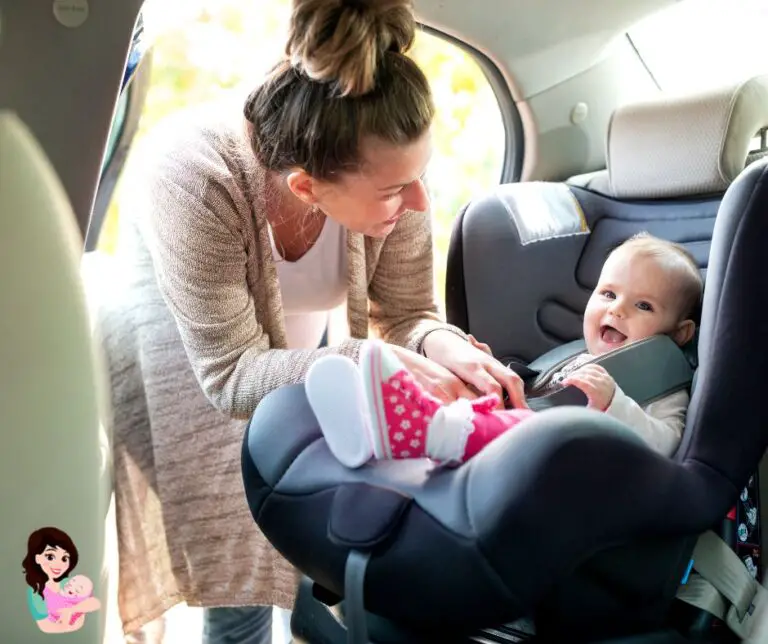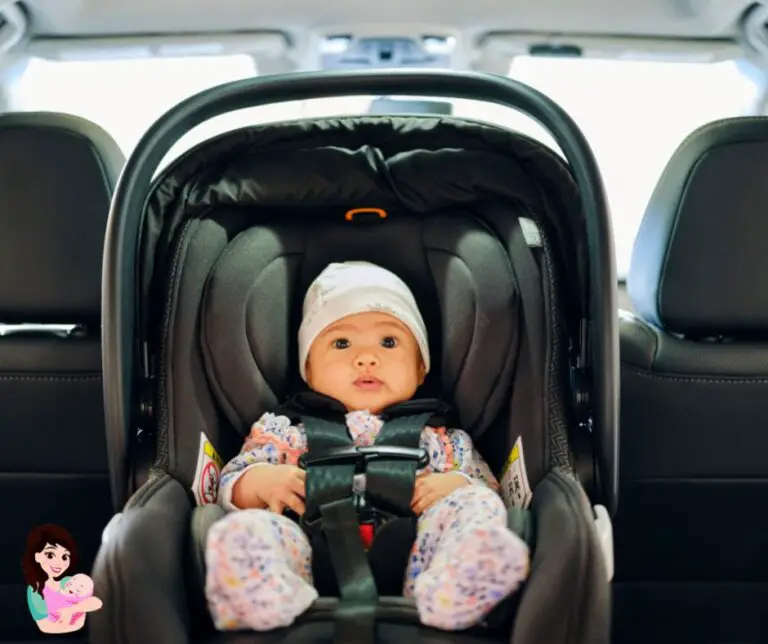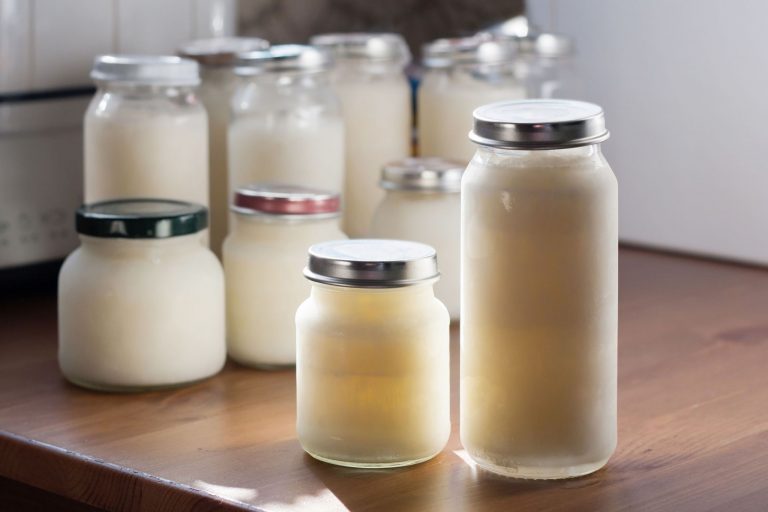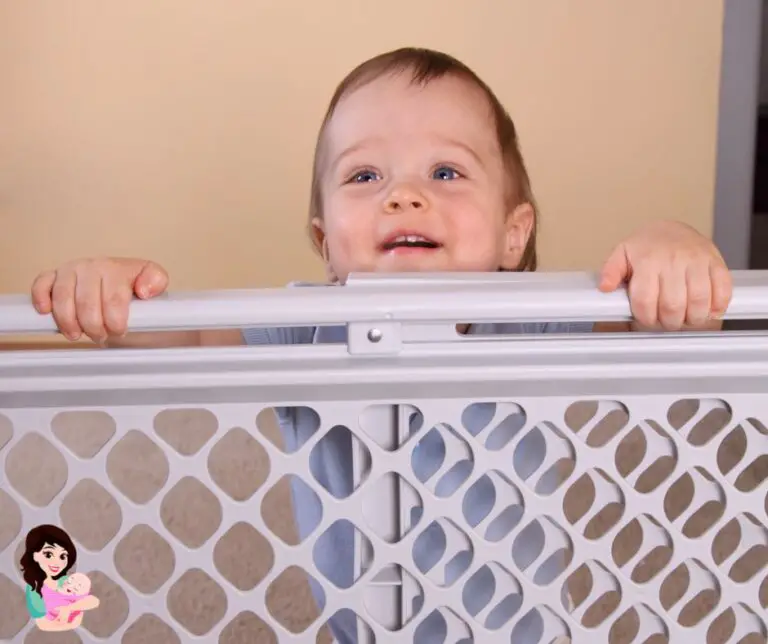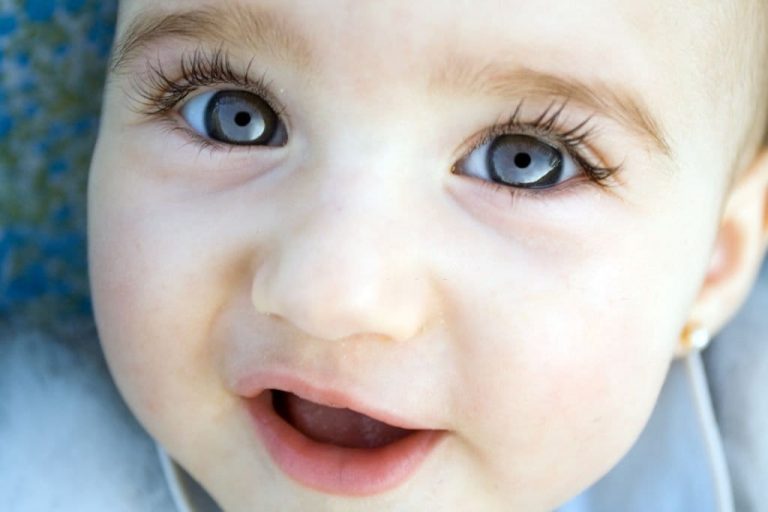
Babies are warm and fuzzy, but they can’t regulate their body temperatures like adults. As their caretakers, it’s our job to keep them safe, even when they sleep. Should a baby sleep with a blanket? At what age is it safe for a baby to sleep with a blanket? People often ask.
According to the American Academy of Pediatrics (AAP), it’s safe for babies to sleep with a blanket starting at 12 months old. Babies younger than 12 months old shouldn’t use blankets because they can suffocate. This is especially true if you use blankets made with flannel or other heavy fabric because they can create a lot of excess heat that makes it harder for your baby to breathe properly.
Is It Safe for Babies to Sleep With Blankets?
It is not safe for a baby to sleep with a blanket while they are less than a year old. Babies under the age of one year old should not be allowed to sleep with thick blankets, pillows, or other bedding. Babies under 12 months old should only be wrapped in a light, thin blanket, as this helps to prevent overheating.
If your baby is over 12 months old, it’s fine to use a thicker blanket or sleeping bag (but not an adult-size one), but always check the temperature before putting your baby down to bed.
It is also important to make sure that there are no loose items in your baby’s crib or bassinet that could pose a risk of suffocation if swallowed by your child during sleep. This includes pillows and blankets.
Reasons Parents Want Their Babies to Sleep With a Blanket
The following are reasons most parents want their babies to sleep in blankets:
1. It is a soothing object for them
A lot of parents find that their babies are comforted by having a blanket or stuffed animal with them when they sleep. This is especially true if the baby is a little older, around 2 years old, and older. The blanket can become like a security object for them and make them feel safe. This might also be one of the reasons why people are so attached to their blankets as children, even when they’re adults.
2. It makes it easier to put them down
Some parents find that using a blanket can make it easier to put their babies down at night because they know that their babies won’t be able to roll over onto their bellies if they’re covered up completely. This helps keep babies from accidentally smothering themselves if they turn over onto their tummies while sleeping on their backs.
3. Blankets help babies stay warm
Babies aren’t able to control their body temperature, as well as adults, do, so they need extra warmth at night, especially if they’re sleeping in an unheated room or are sick with a cold or flu. Adding more covers is one way to keep your baby warm without overheating him or her.
4. They feel safer and more secure
Babies love the comfort of blankets. The sense of security blankets provide makes them feel safe and secure from the world around them. This feeling is especially important for babies who are not yet sleeping independently or who have just started to sleep in their room or crib. Blankets also help your baby sleep through the night by creating familiarity throughout the day and nighttime routine.
5. It’s more comforting
Blankets are comforting for babies because they remind them of home during the day and nighttime routine at night. Parents need to create a consistent bedtime routine with their children so that they feel safe, content, and ready to go to bed each night. This helps develop healthy sleep habits as well as grow trust between parent and child over time which is crucial for building strong relationships between family members.
Risks of Introducing a Blanket Too Quickly
The following are the risks you could expose a baby to when you introduce a blanket too quickly:
1. Overheating
Babies can overheat if they are wrapped in a blanket that is too heavy. The same thing goes for wearing too many clothes or being in an overly warm room. Heatstroke can happen when the body temperature rises above 104 degrees Fahrenheit (40 degrees Celsius). It can be deadly if not treated right away.
Overheating is one of the most common causes of SIDS (Sudden Infant Death Syndrome). It can happen when your baby’s brain doesn’t get enough oxygen because his body overheats due to being wrapped up too tightly or from being left in an overheated environment (such as being covered by blankets).
2. Suffocation
Blankets can block your baby’s airways and cause them to suffocate. You mustn’t cover your baby’s face with a blanket while they’re sleeping, because it could prevent them from breathing properly. You should also avoid using loose bedding in cribs or bassinets, as this increases the risk of suffocation.
3. Irritation
Another risk is that the fabric can irritate your baby’s skin. If you notice any redness or irritation on your skin after using a blanket, stop using it immediately and check with your doctor as soon as possible.
Swaddling or Loose Blankets, Which Is Safer for Babies?
I think swaddling and using a loose blanket both pose the same risks for babies. Swaddling is a technique used to help calm and comfort a fussy baby. Swaddling involves wrapping the baby in a blanket so that he cannot kick or move around. This can help him to sleep better, especially if you are having trouble getting your baby to sleep through the night.
Hospitals will advise parents against using any type of sheet or blanket on their babies because it can pose risks of suffocation if it gets wrapped too tightly around their necks. Swaddling can be done safely at home as long as you keep an eye on your baby and make sure that their face doesn’t get covered by any part of the blanket.
Safe Sleep Tips for Babies
Babies are most at risk of SIDS when they are asleep, so it’s important to keep your baby safe. You can reduce the risk of SIDS by following these simple tips:
- Always place your baby on their back to sleep, unless advised otherwise by a doctor or midwife.
- Make sure nothing interferes with your baby’s breathing during sleep, such as loose bedding, toys, or cot bumpers.
- Don’t overdress your baby and make sure they don’t get too hot while they’re sleeping.
- Don’t use soft bedding in cots or cradles because it can increase the risk of SIDS.
Final Words
When you’re looking for a safe sleeping environment for your baby, it’s good to know the risks and potential dangers. Of course, your baby needs to be kept warm enough to sleep comfortably in a draft-free environment, but blankets aren’t necessary at every stage of a baby’s development. They may do more harm than good if you’re not careful.

Hi, This is Emma Baster; As a mom, I spend my free time caring for my kids. I’ve read a lot on the Internet to improve my childcare skill and bring the best to my kids. Eruditemommy shares my knowledge and experience through helpful posts. I hope you enjoy them!

